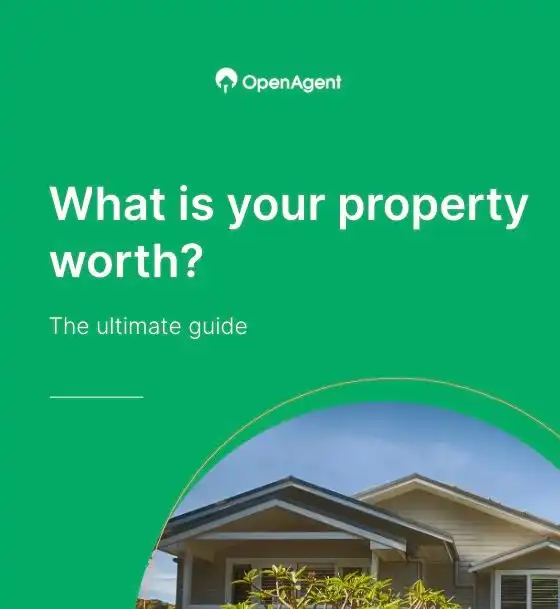Pricing your home for a top sale result
Selling your home is a process that comes with a seemingly endless string of decisions, and setting an asking price is among the most important.
There will always be a gap between a seller's dream price and a buyer's dream price. So how do you find the sweet spot that entices the right buyers without falling short of what you want?
It's a tricky balancing act, and it will require different approaches based on current market conditions.
Why is getting the price right so important?
Setting an asking price or price guide can be one of the most impactful decisions you make in your sale campaign.
Overpricing can have a major negative impact, particularly in the current market.
If your asking price is perceived to be too high, your property may end up lingering on the market. As John Costanzo of Woodards Carlton explained, "once you've exhausted that marketing campaign and you haven't got a sale, it gets harder every week that goes by after that."
"Six weeks from now you could be staring down the barrel of a lower price because people think there's something wrong with the property, it's overpriced, whatever the case may be."
On the other hand, setting the bar too low may send the wrong message, and of course there are legal restrictions around underquoting.
Ultimately, you want your price guide or asking price to attract as many buyers as possible in order to generate competition while still representing fair market value.
The more genuine interest you can stir up from the moment a buyer sees your listing, the better placed you'll be to have a successful campaign with multiple offers or bidders coming your way.
How to strike the balance just right
In 2021, the Australian property market was defined by FOMO-driven buyers snapping up anything and everything that got listed. That dynamic shifted dramatically through 2022 to the other end of the spectrum.
This year the market looks to be relatively balanced. Competition amongst buyers is ramping up, but there is still a wariness of properties that are seen as being overvalued.
Having a clear understanding of which boxes your property ticks (and which it doesn't) will help guide you towards finding that perceived fair market value.
It's important to take a critical eye to your home and really think like a buyer.
Is the property in a desirable location or are there some drawbacks? Is it in ready-to-move-in condition or does any work need to be done? Has presentation been maximised or are things looking a bit tired?
Having honest answers to questions like this can ensure you don't have an unrealistic view of where your home sits in the market.
Comparing similar recent sales in your area is also one of the best ways to hone in on that Goldilocks price range, and this is something savvy buyers will be keeping a close eye on too.
What tools are available?
There are a number of ways to narrow down your price range at various stages of the selling journey.
Early on, get an estimate of the potential value of your home which compares your home to recent sales and provides a price window that your property could sit in is one of the best ways to get the ball rolling.
When it comes to getting an accurate, all-around assessment of every element of your property and how it's positioned in your local market, an agent appraisal is going to be your best bet.
A top local agent will have knowledge of how similar properties are performing in your area, what buyer behaviour has been doing, and how to market your home in that suburb to set the perfect price and achieve a top result.
Buyer feedback is also a critical element. Whether your home is shown to buyers in an off-market capacity or it's listed on the market, that's when sellers need to listen closely to how buyers are reacting to the property and make any necessary adjustments to price expectations.
As long as the right price has been set, you'll be in the best position to attract maximum buyer interest and achieve your top sale price.







